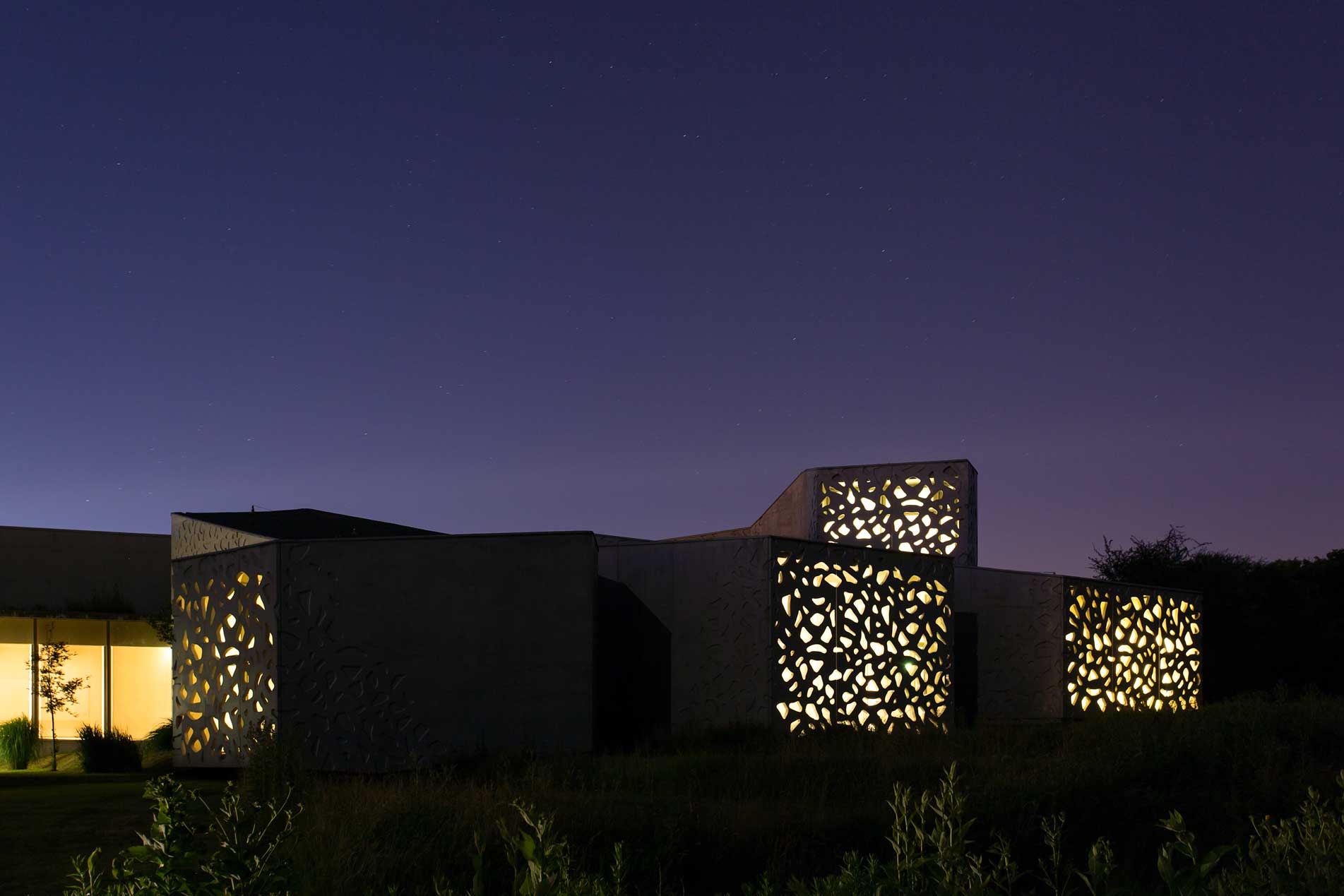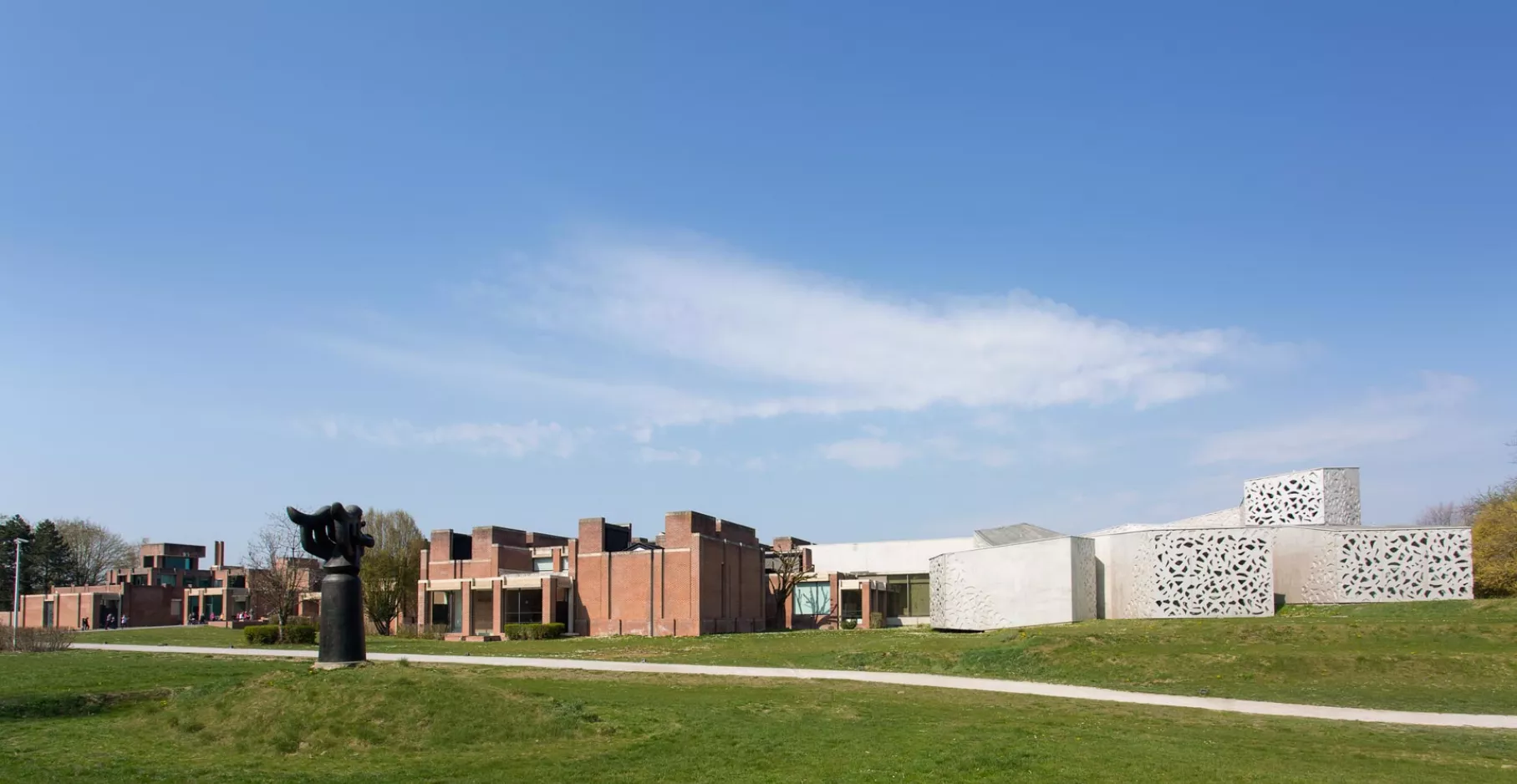
My concern is to see a museum built that is close to the people, that facilitates contact with the works of art.
Jean Masurel, collector
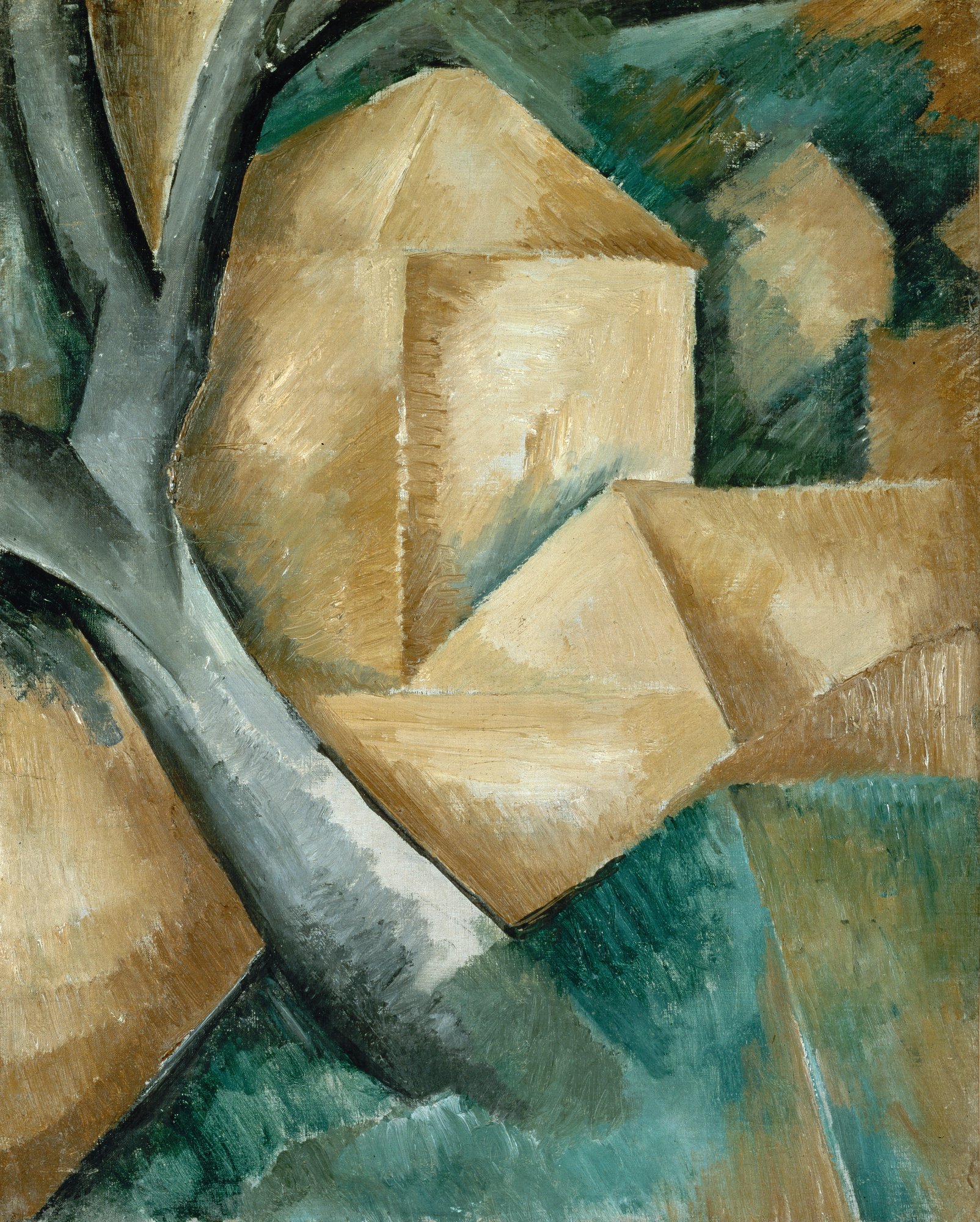
Georges Braque, Maisons et arbre, 1908. Donation Geneviève et Jean Masurel. © Adagp, Paris, 2020
Two collectors behind the museum
Two collectors were behind the creation of the Musée d'Art Moderne, as it was known before 2010: Roger Dutilleul (1872-1956) and his nephew Jean Masurel (1908-1991).
Roger Dutilleul, a pioneering collector
Roger Dutilleul (1872-1956) began his collection around 1904. This daring art lover appreciated Impressionist painting but, at the turn of the 20th century, it was already too expensive for him. He therefore turned to young avant-garde painters, whose works were more accessible.
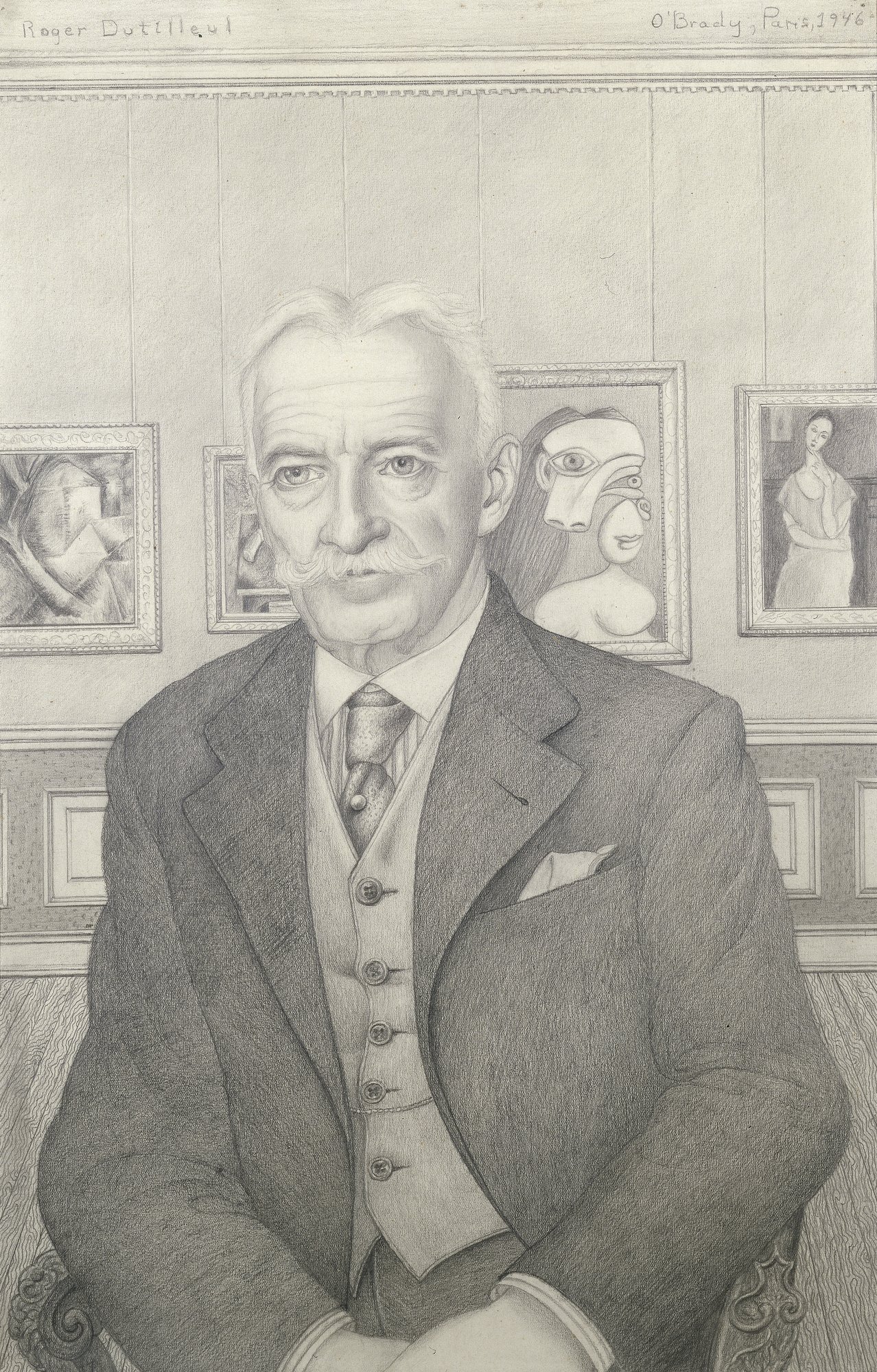
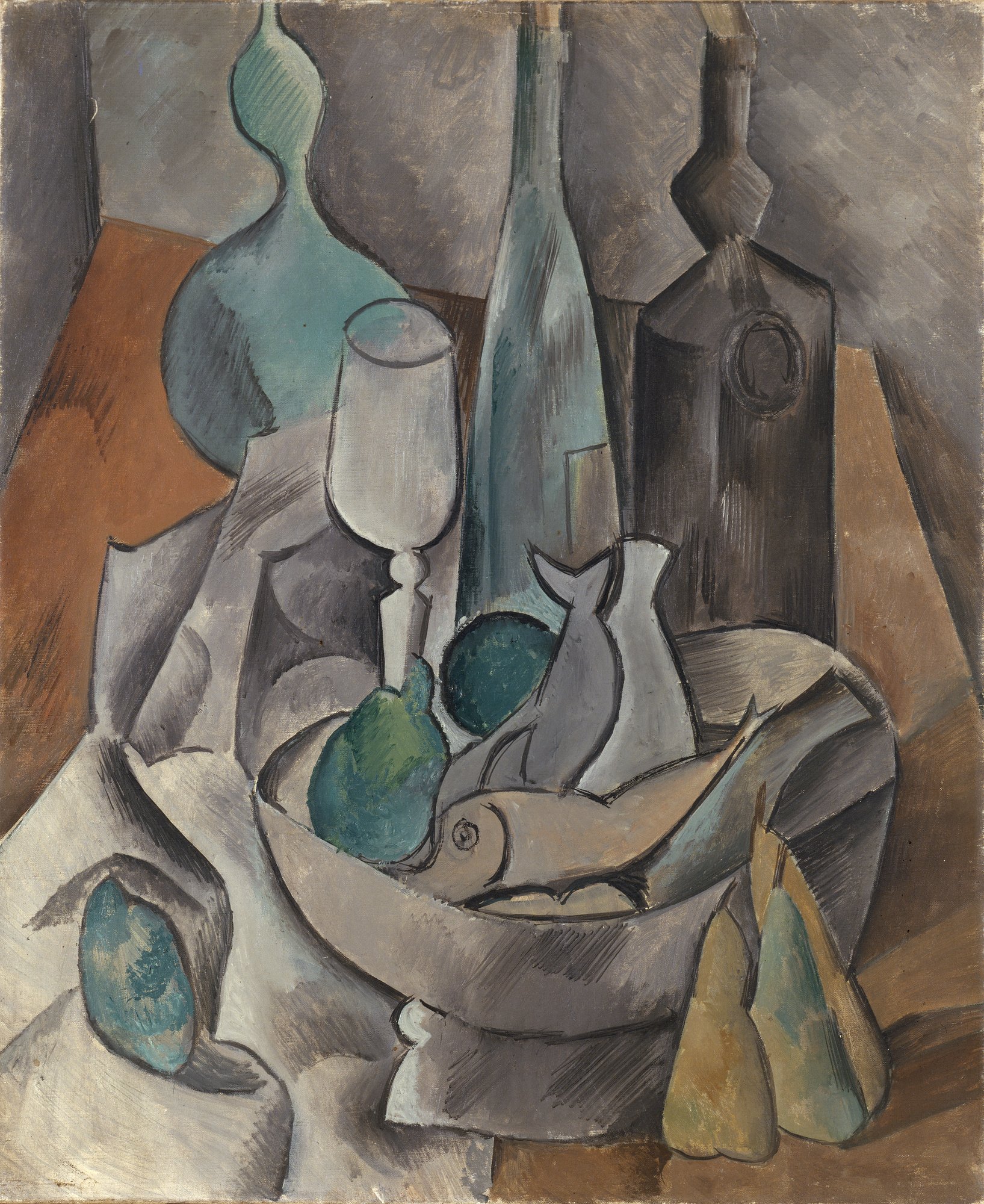
Pablo Picasso, Poissons et bouteilles, 1909. Donation Geneviève et Jean Masurel. © Succession Picasso, 2020
Dutilleul and Kahnweiler
Roger Dutilleul's meeting with the art dealer Daniel-Henry Kahnweiler was decisive: in the Paris gallery he had just opened, Kahnweiler talked to the collector and introduced him to a number of artists.
Dutilleul was a true amateur guided by instinct. He was attracted by what was sensitive and vibrant in colours.
Daniel-Henry Kahnweiler, gallerist
An exceptional collection of modern art
Alongside Gertrude Stein, Alfred Flechtheim and Vincenc Kramar, Roger Dutilleul became a very active collector. He was one of the few Frenchmen to acquire works by the most significant painters of his time at a very early stage: the Fauves, the Cubists, Amedeo Modigliani, Paul Klee, Joan Miró, Vassily Kandinsky, André Masson, Joaquín Torrès-Garcia and André Lanskoy. The Roger Dutilleul collection is one of the great collections of modern art from the first half of the 20th century.
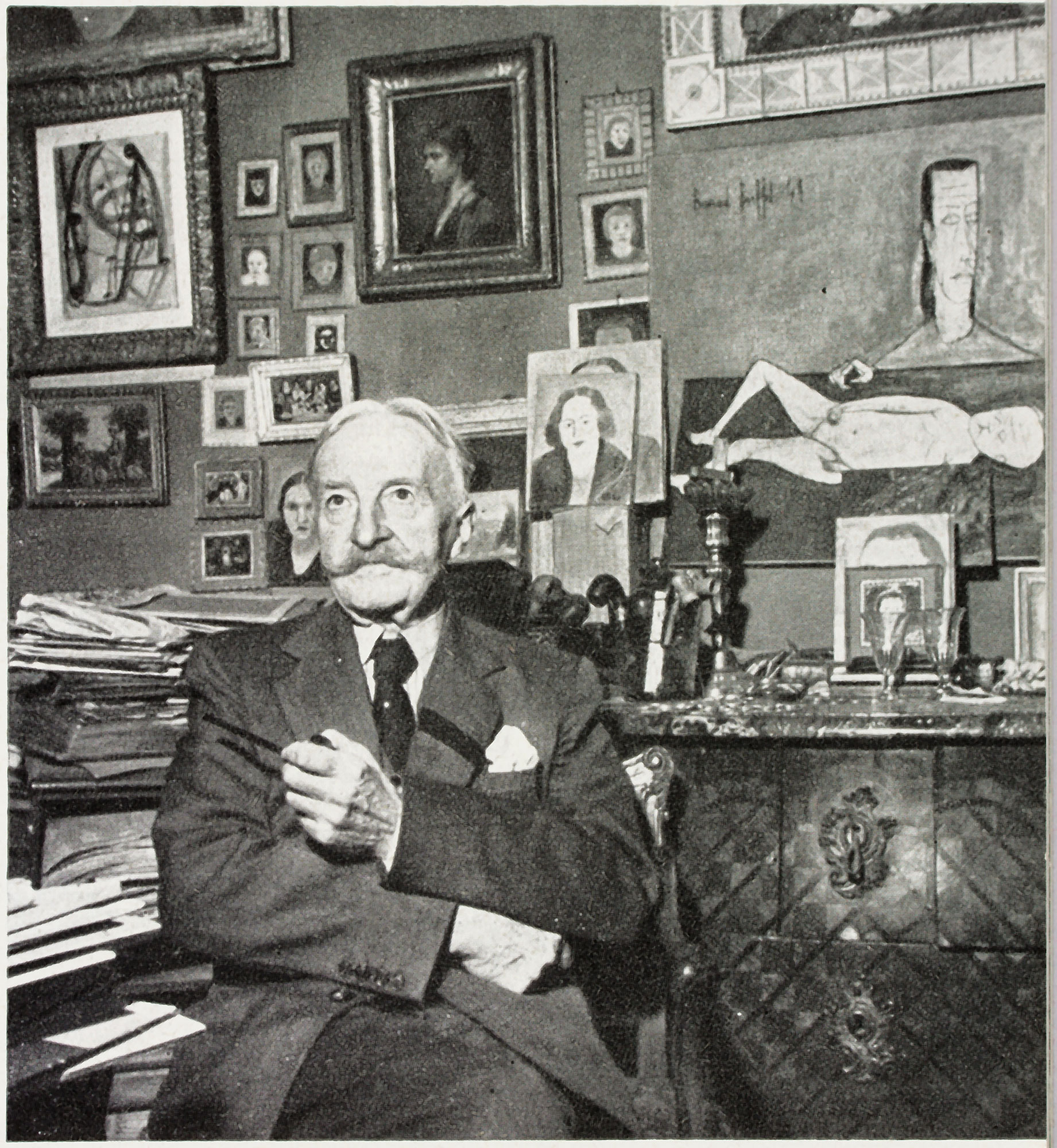
Including those in the bathroom!
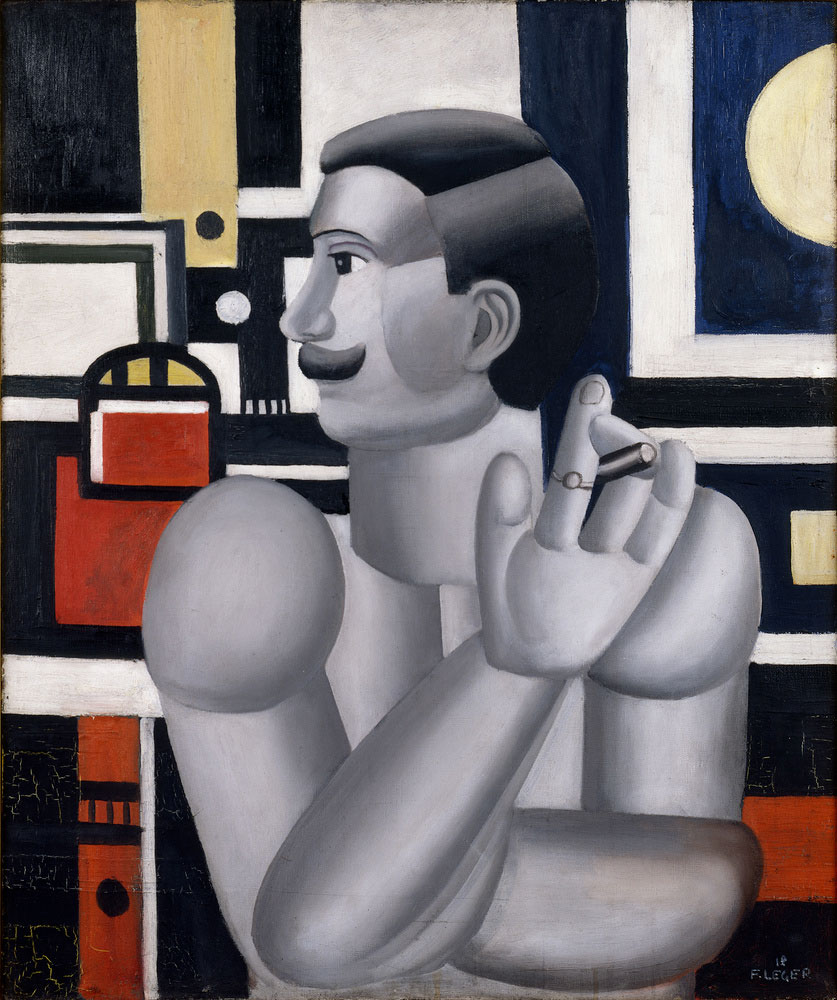
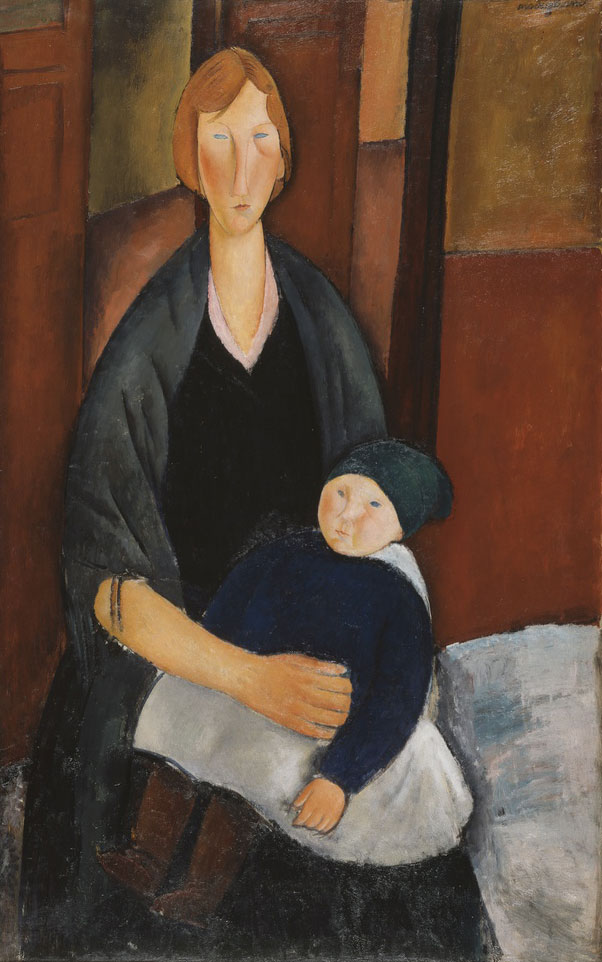
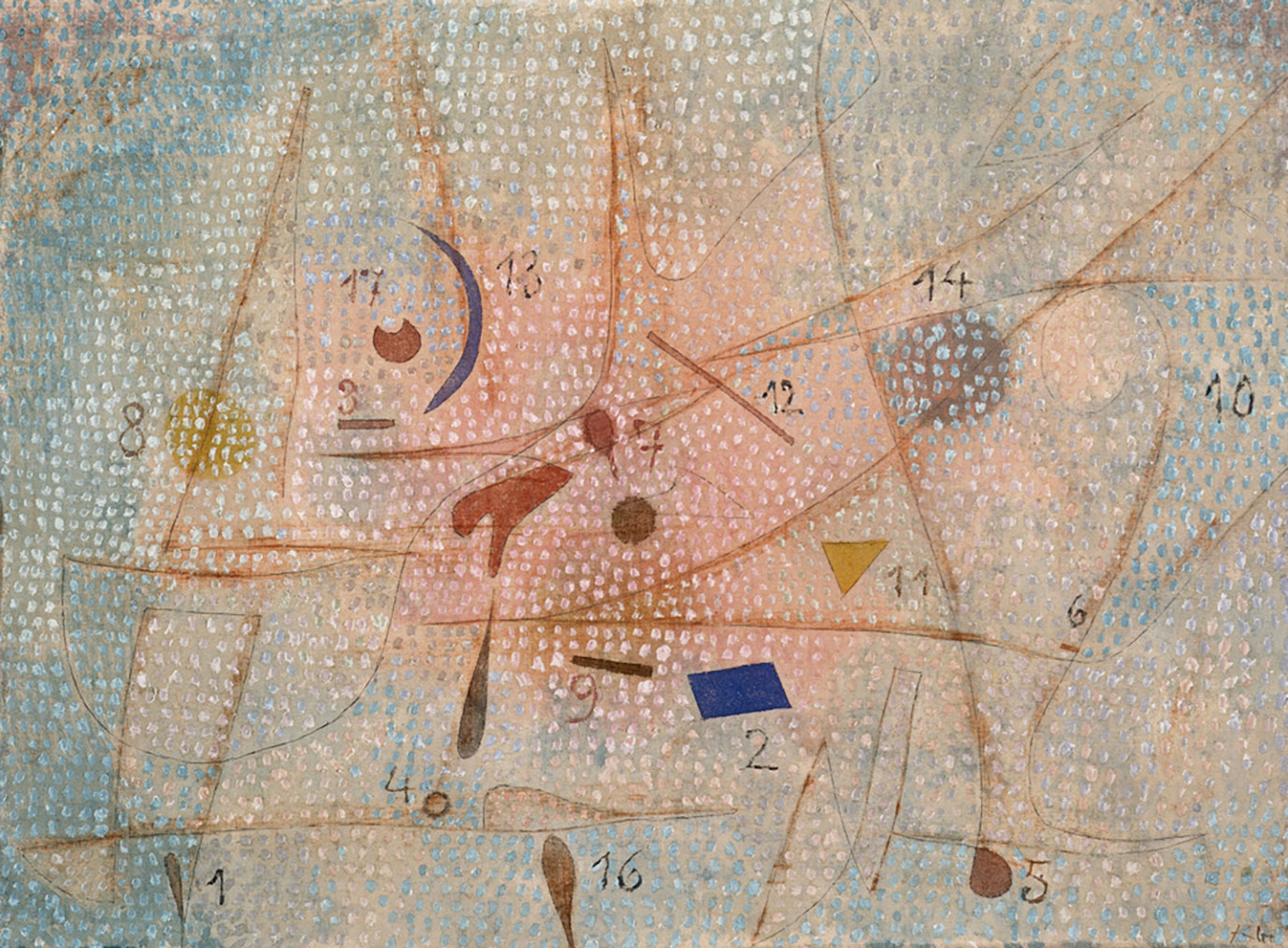
Paul Klee, 17 Gewürze 1932.69 (M 9) (17 épices), 1932. Donation Geneviève et Jean Masurel
Jean Masurel, heir to a passion
Dutilleul passed on his passion for painting to his nephew, Jean Masurel, at an early age. The latter acquired his first gouache by Léger in the 1920s and, in 1956, inherited a large part of his uncle's collection.
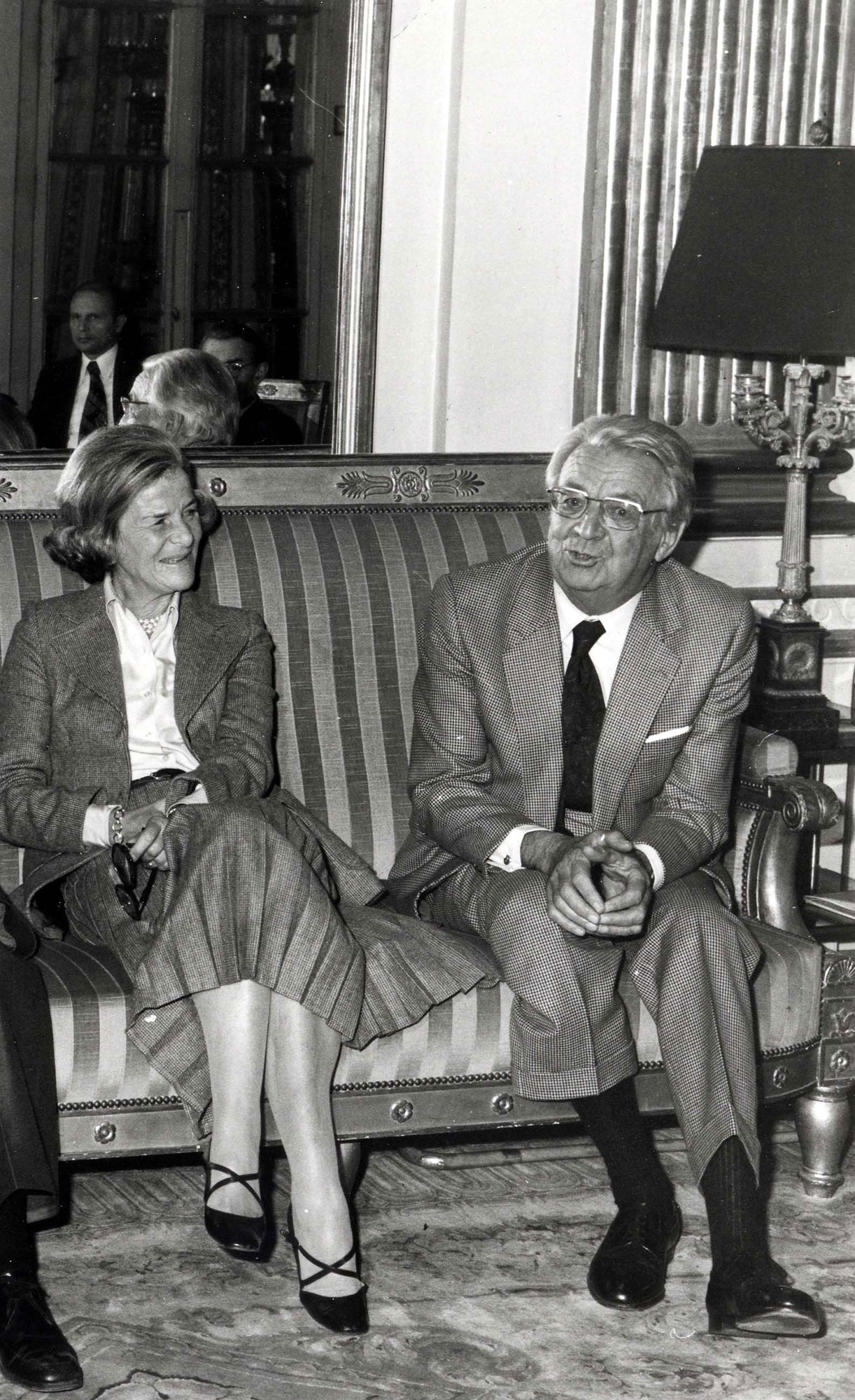
His gaze was that of a man in search of the other.
Eugène Leroy, artist, about Jean Masurel
Essential support for artists
By supporting artists rejected by institutions and the public, Roger Dutilleul and Jean Masurel played a fundamental role in the development and dissemination of avant-garde art.
Roger Dutilleul supported, for example, Amedeo Modigliani, Fernand Léger, André Lanskoy and so-called ‘naive’ painters such as André Bauchant. Jean Masurel, who owned a house in Mouvaux, encouraged local artists such as Eugène Dodeigne, Eugène Leroy, Jean Roulland and Arthur Van Hecke. In the early 1950s, the two collectors offered their expert support to a young artist: Bernard Buffet.
The Geneviève and Jean Masurel donation
In the early 1970s, Jean Masurel decided that his collection had become too important to remain in private hands. He wanted to pay tribute to his native region, and the museum project gradually took shape. In 1979, he and his wife Geneviève donated 204 works (paintings, gouaches, drawings and sculptures) to the Lille Urban Community, followed by a second donation of 36 works in 1980.

We were looking at the artistic revolution from the beginning of the 20th century to the 1950s. It was prodigious.
Pierre Mauroy, Mayor of Lille, Chairman of the Urban Community and former Minister, on the Jean Masurel collection
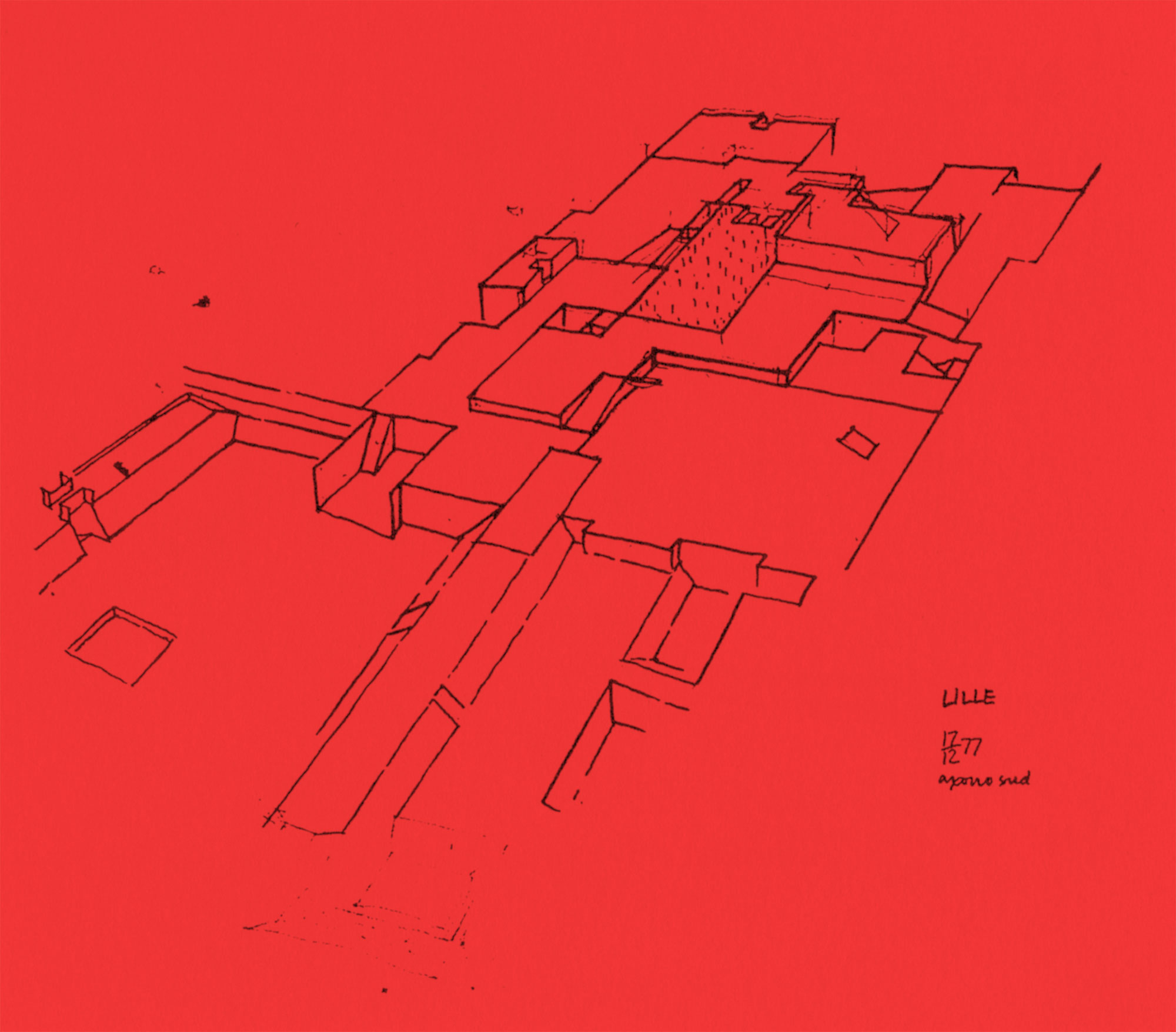
Croquis du Musée d'art moderne Lille Métropole par Roland Simounet
A museum project in Villeneuve d'Ascq
A plot of land was chosen for the future museum in Villeneuve d'Ascq, a new town that was still very green. Donors took part in the museum project and defined the establishment's objectives.
(...) to make the characteristic works of art of our time accessible to as many people as possible, to involve the public in ongoing research into the development of modern art, to encourage the creation of works of art and to promote leisure and cultural activities.
Extract from the deed of donation
1980-1983: construction of the museum
In 1978, a competition was organised for the construction of the building. Roland Simounet - an architect influenced by the teachings of Le Corbusier - won the competition. The project took three years to complete.
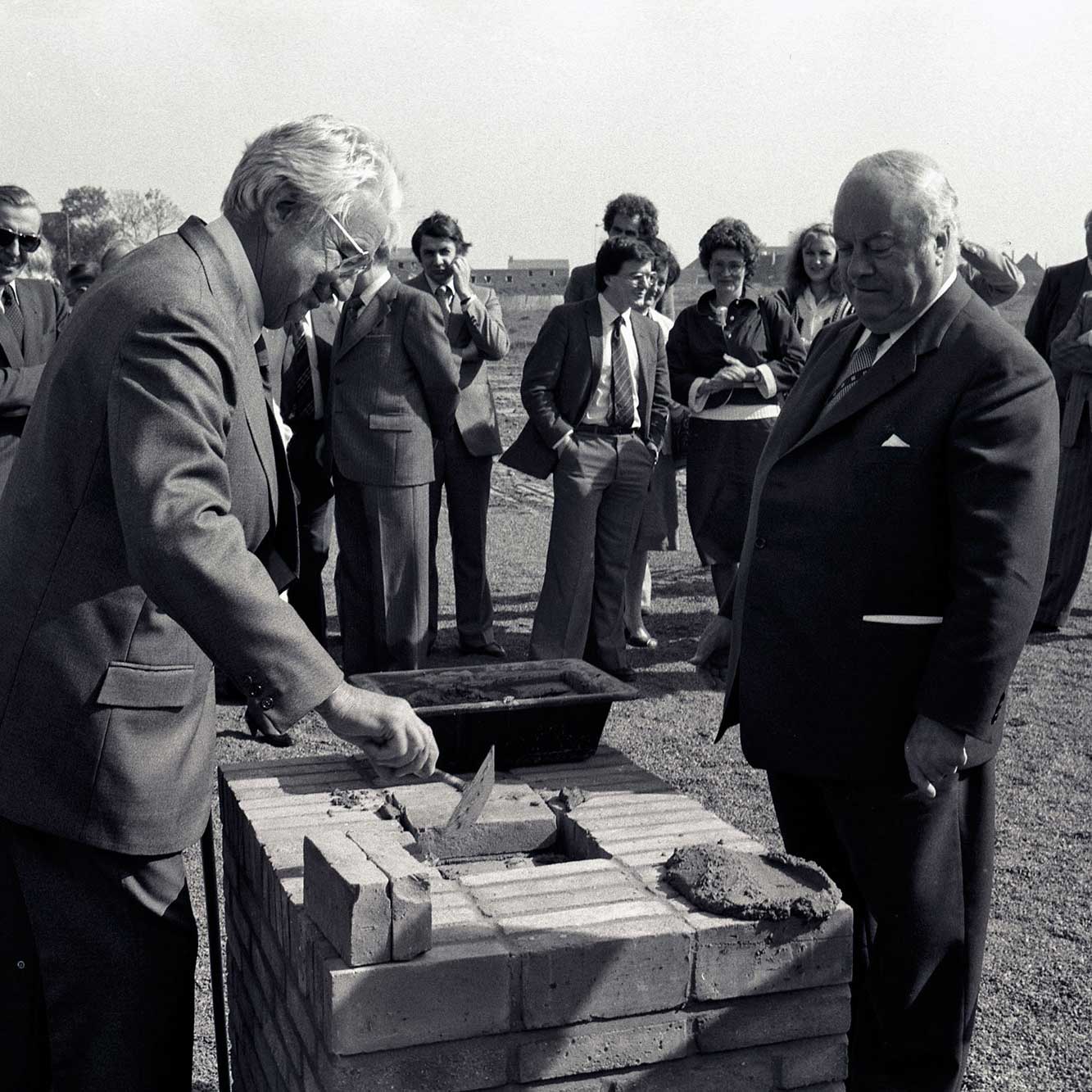
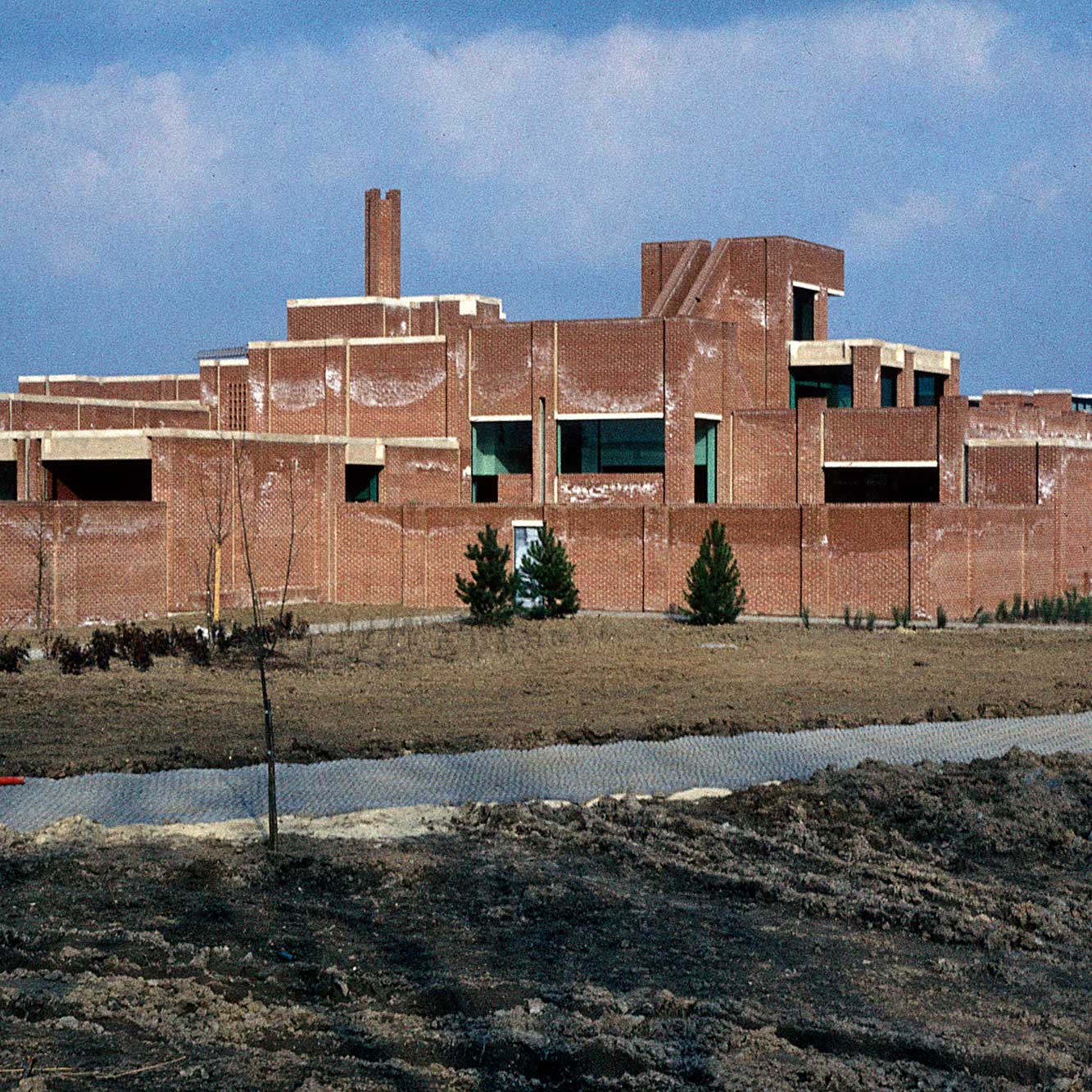
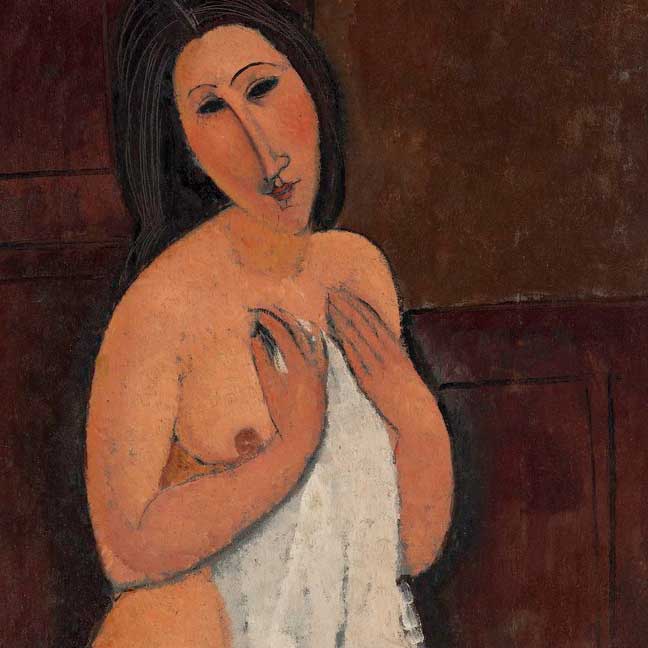
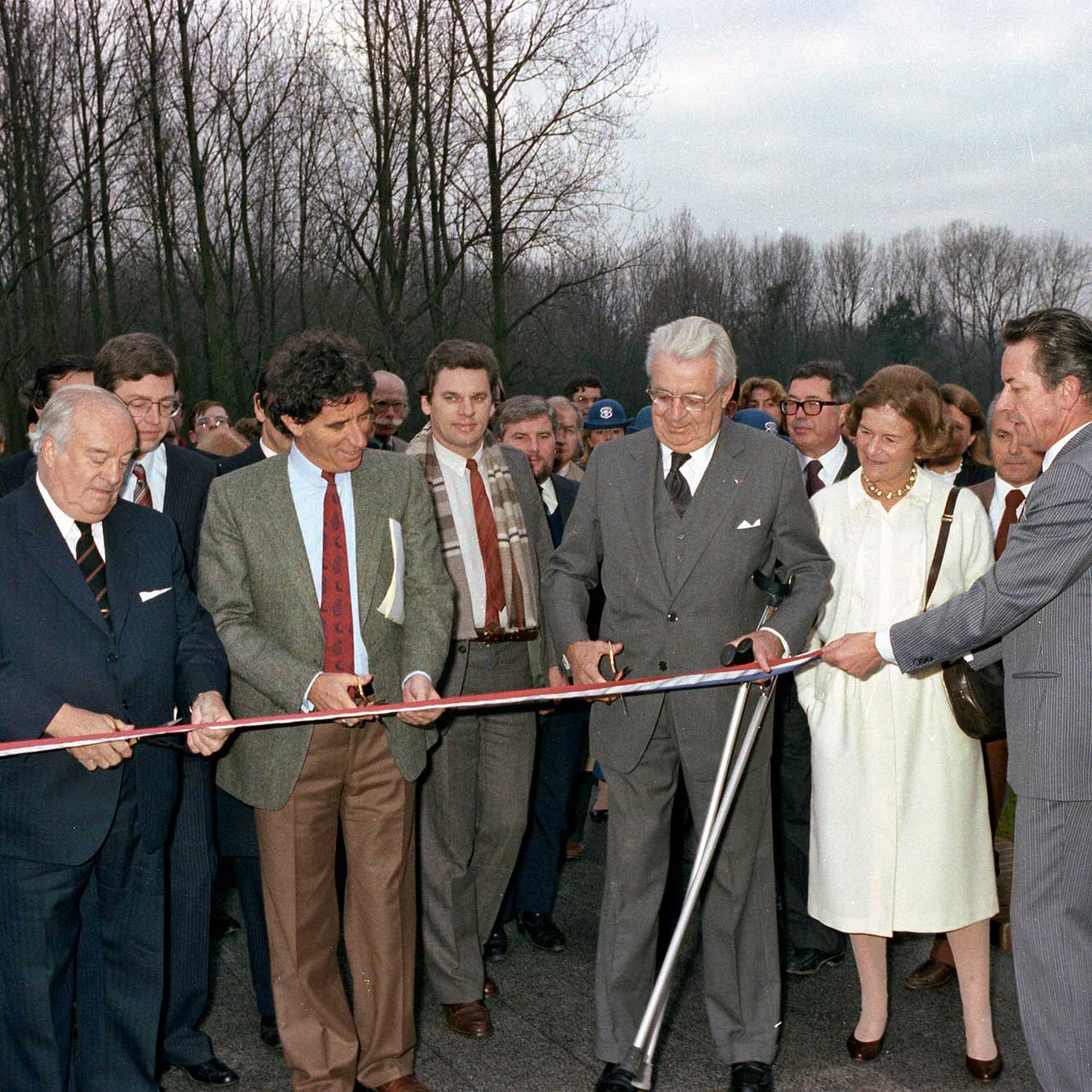
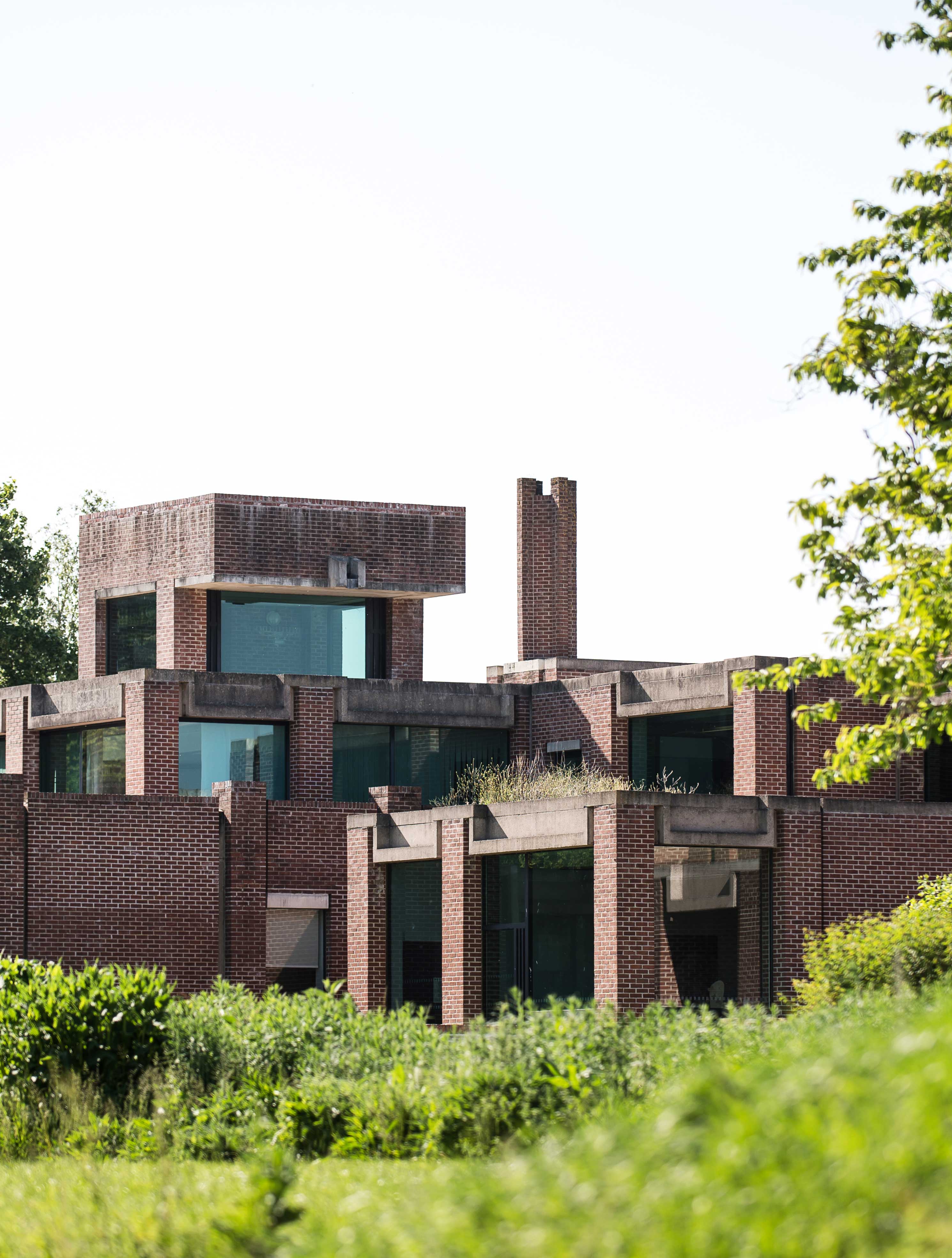
Roland Simounet's building
The brick building designed by Roland Simounet is rigorous, discreet and almost Mediterranean. Set in 23,000 m² of parkland, it is in close dialogue with the landscape. The west wing houses all the services (library, educational workshops, café, offices, storerooms and technical workshops), while the east wing mainly comprises exhibition spaces. Inside, the zenithal lighting gives pride of place to natural light.
Taking possession of the site is essential. You have to be very polite, respect the topography and try to fit in.
Roland Simounet, architect of the original museum building, in 1989
Dynamic programming
Pierre Chaigneau, the museum's first curator, implemented an active policy of acquisitions and exhibitions (Joe Colombo Retrospective in 1984, Bauhaus in 1985, Joan Miró in 1986, etc.). He also supported artists from the region (Eugène Dodeigne, Mahjoub Ben Bella, Paul Hemery, etc.).
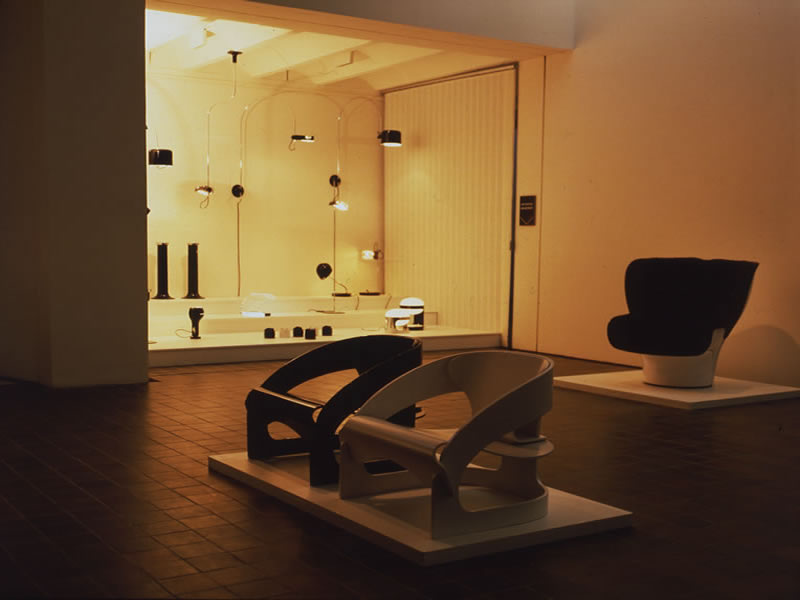
Vue de l'exposition Joe Colombo. Rétrospective présentée du 27 octobre au 30 décembre 1984
Contemporary art: the museum in its time
In 1987, the arrival of Joëlle Pijaudier-Cabot at the helm of the museum marked the beginning of a new phase in its history. Temporary exhibitions grew in scope. The modern collection was enriched with important works by Fernand Léger, André Derain, Henri Laurens, Jacques Lipchitz, etc. The contemporary art collection (Daniel Buren, Annette Messager, Richard Serra, Allan McCollum, etc.) developed around the notions of painting, collage, and object.
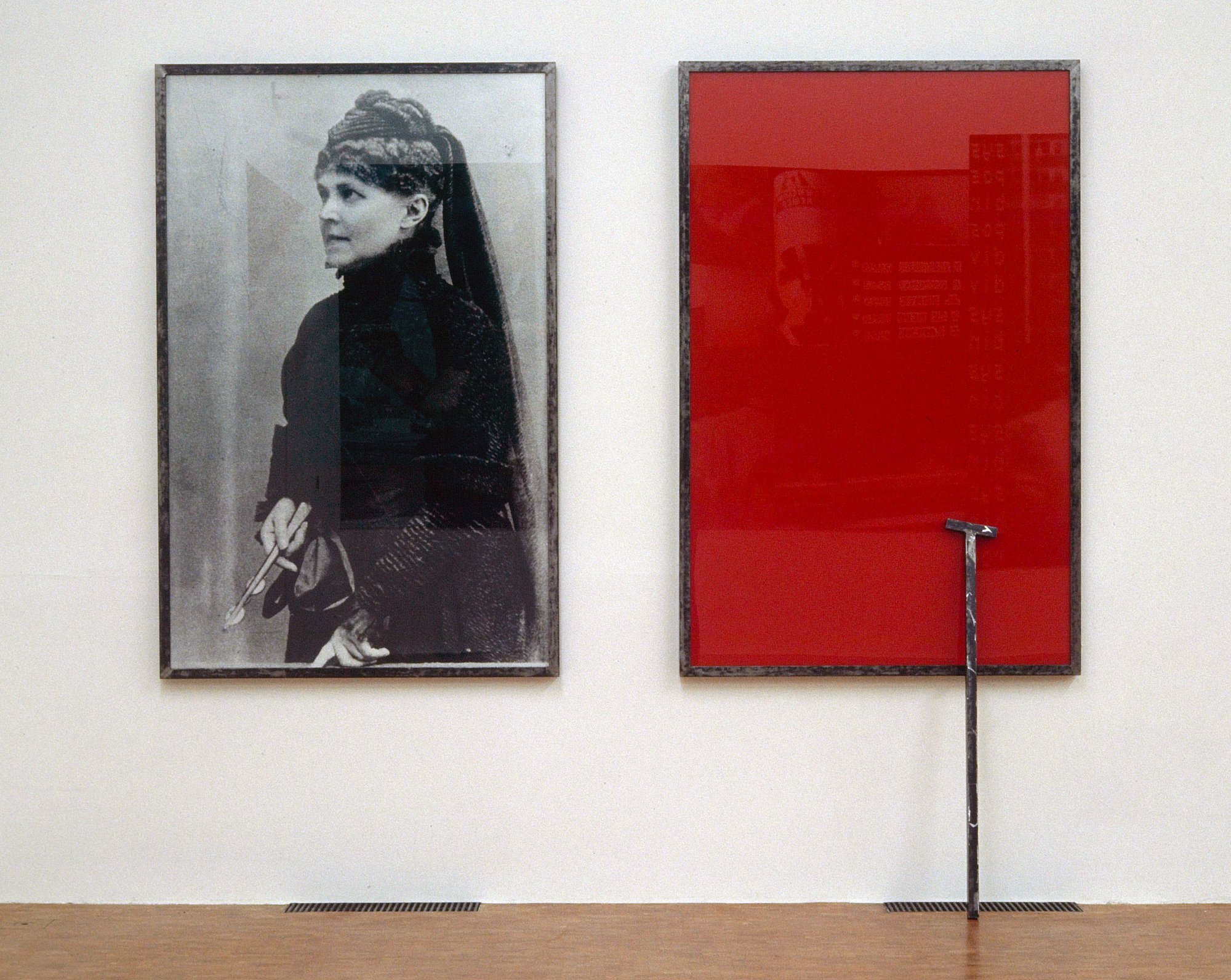
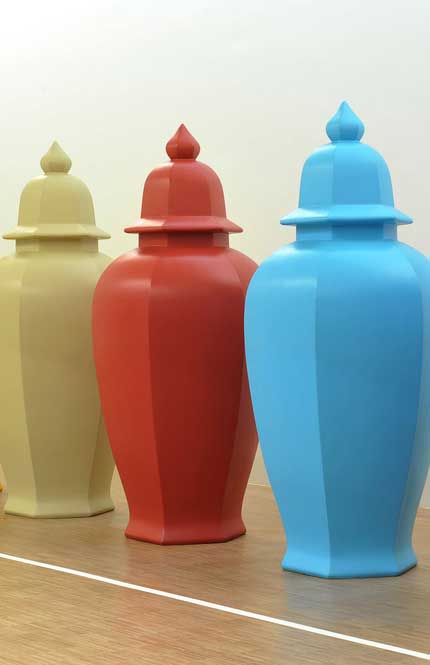
Art books and precious works
In 1994, the Museum of Modern Art received a donation of the personal library of Dominique Bozo, former President of the Centre Georges Pompidou, and ten years later, the collection of precious books was enriched by the Maurice Jardot legacy.
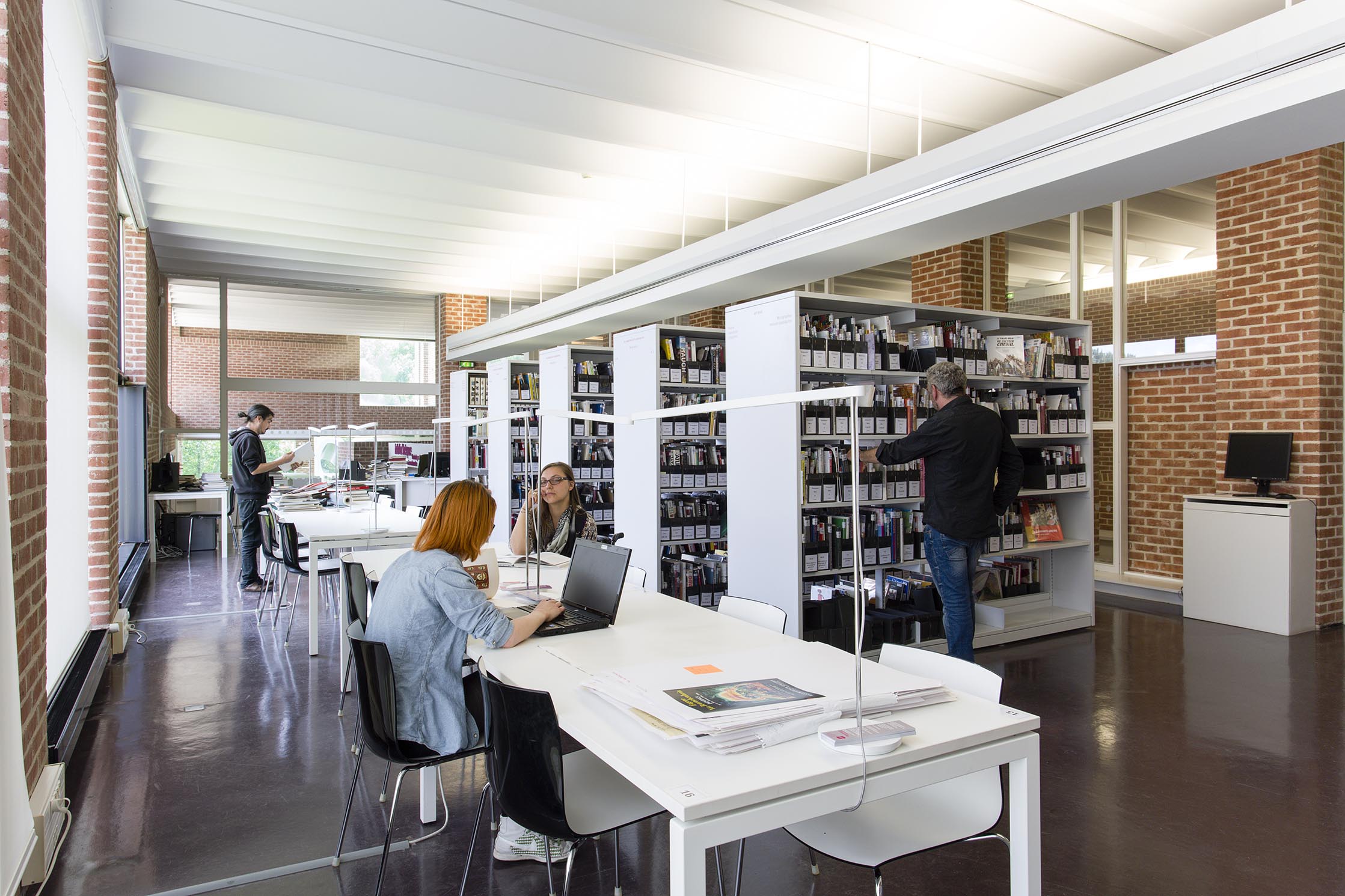
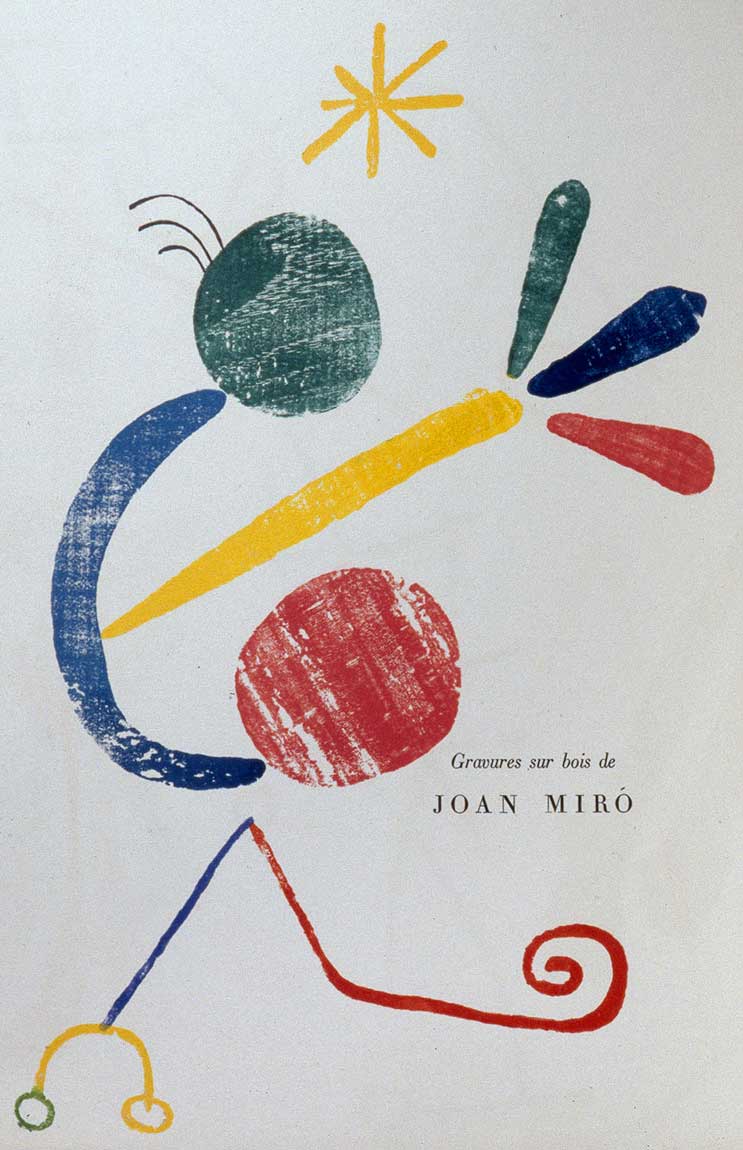
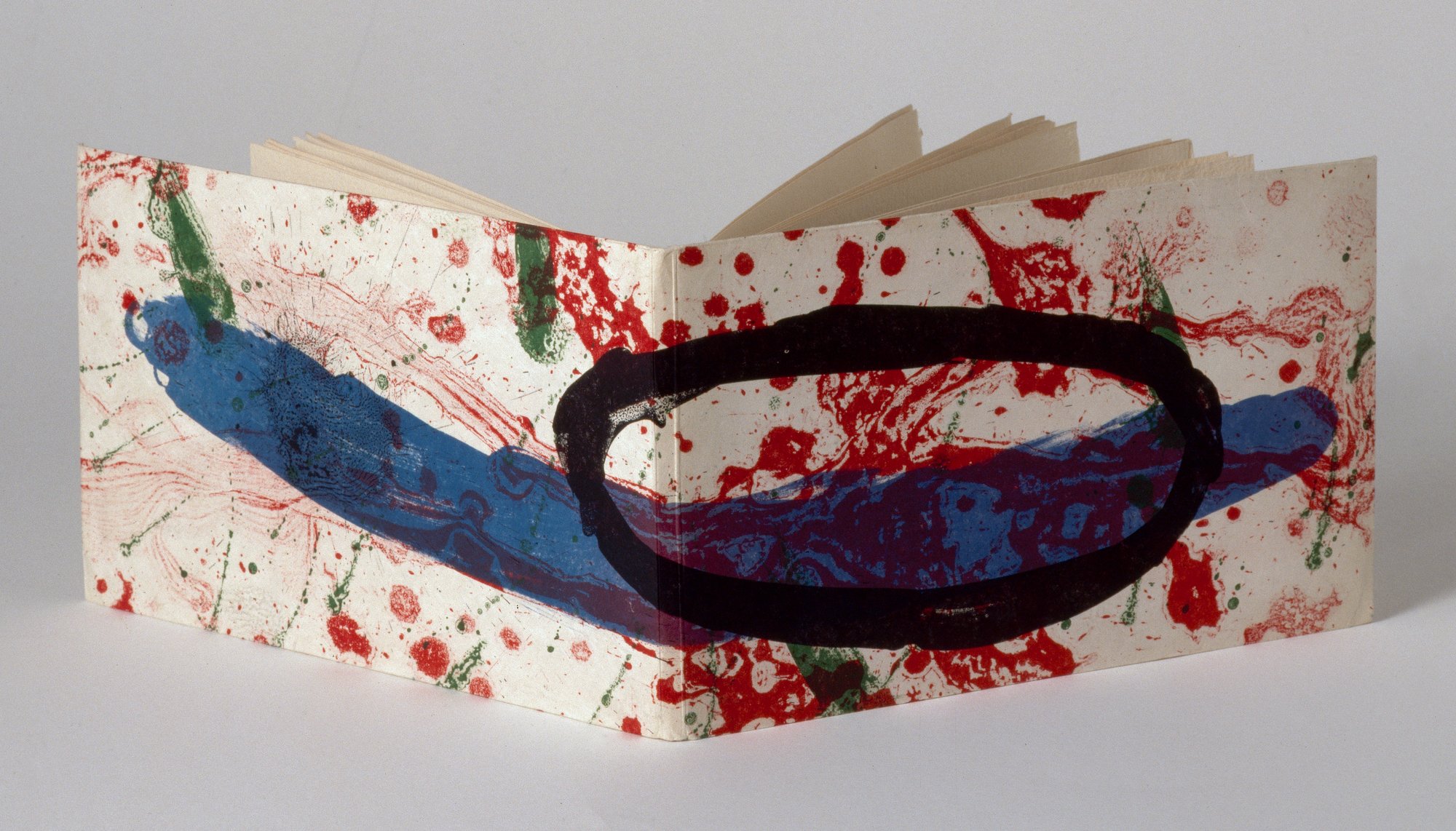
Michel Leiris, Marrons sculptés pour Miró, lithographie sur papier japon nacré de Joan Miró, s. l., Edwin Engelberts, 1961. Legs de Maurice Jardot en 2003.
© Successió Miró / Adagp, Paris, 2020
For me, a museum is a celebration. It’s vital!
Eugène Dodeigne, artist
Art brut
enters the museum
A new turning point in 1999: the L'Aracine association donated its collection of art brut, which included more than 3,500 works (Crépin, Lesage, Wölfli, etc.). In return, it requested that the museum organize an exhibition every year and that rooms dedicated to art brut be built in the extension of the building, which was registered in 2000 in the supplementary inventory of historic monuments. Following a competition, Manuelle Gautrand was chosen to design the extension. The museum closed during the works (2006-2010), but its programming continued outside the museum (La Grèce des modernes at the Médiathèque de Lille in 2007, Hypnos at the Musée de l'Hospice Comtesse in 2009, etc.). During this period, the interim was handled by Nicolas Surlapierre and Savine Faupin, curators, and Olivier Donat, administrator.
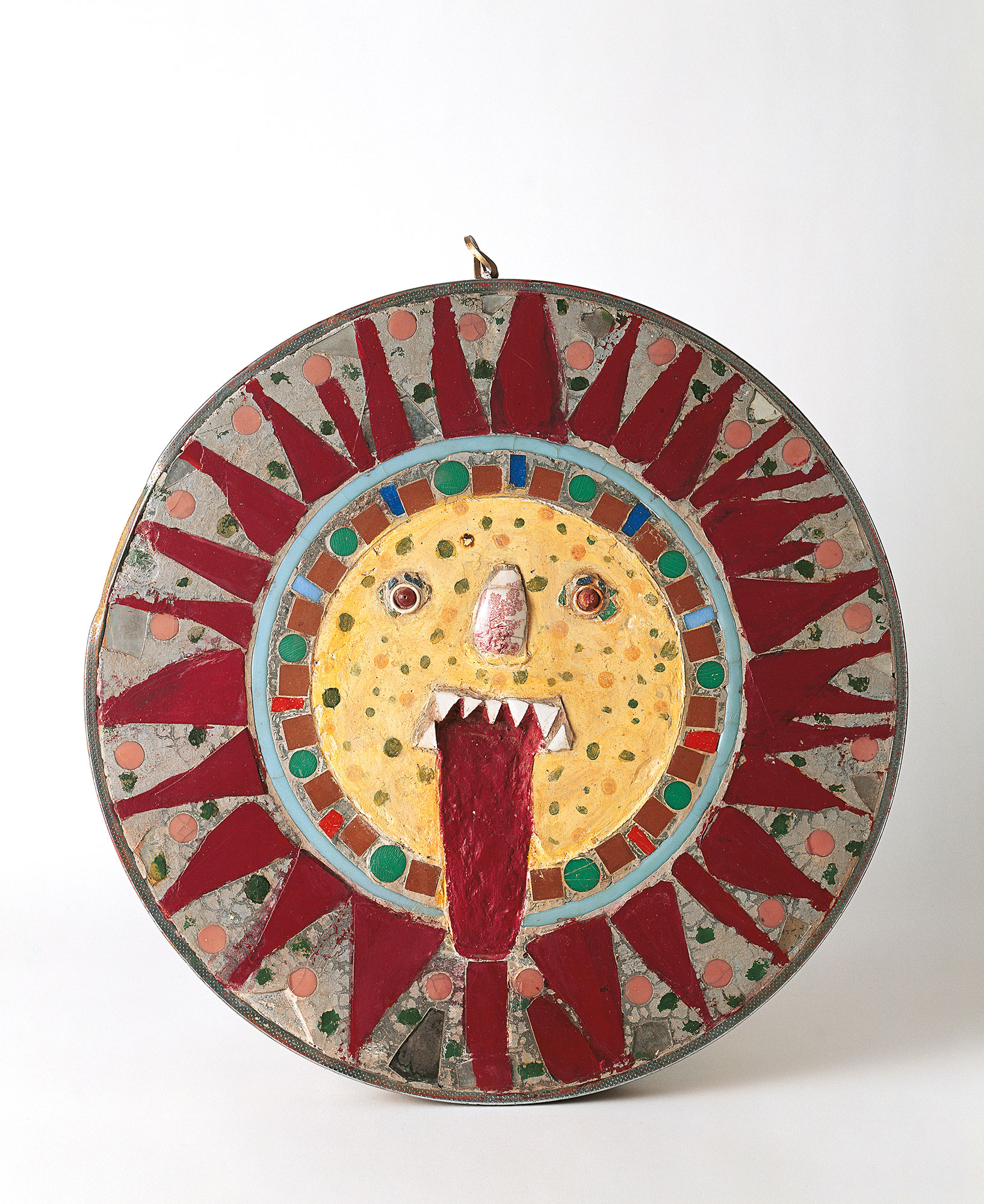
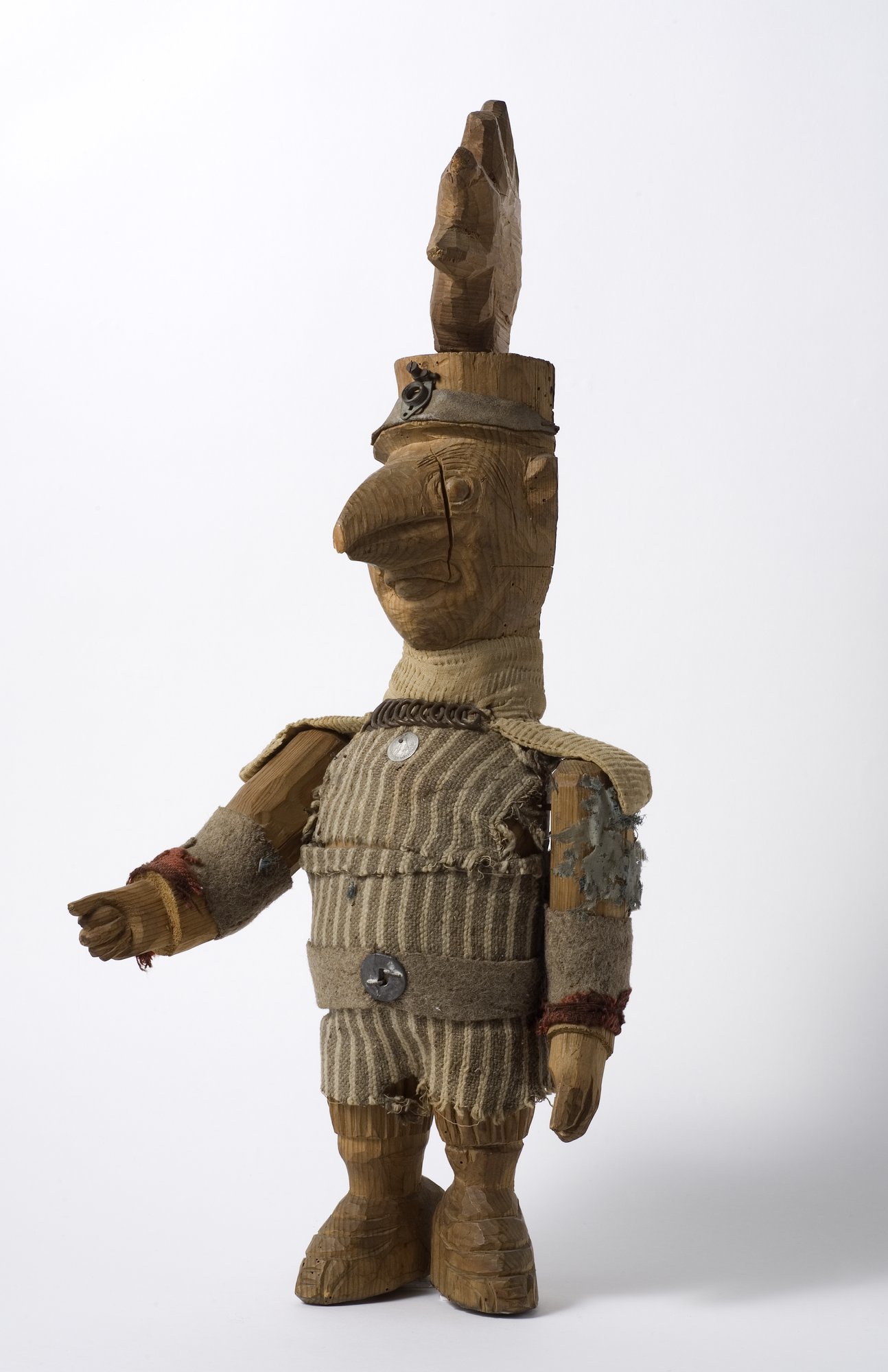
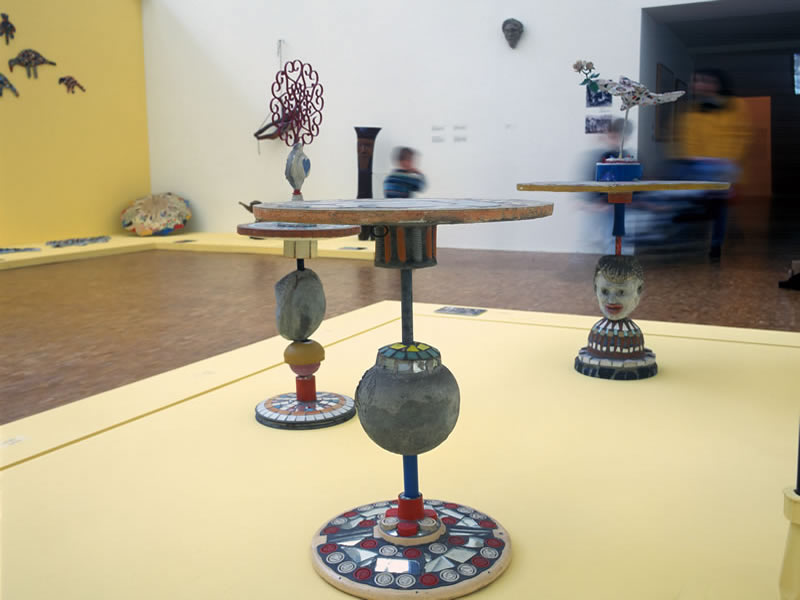
Vue de l'exposition Art brut, collection de L'Aracine, présentée du 2 février au 14 juillet 1997. Au premier plan : oeuvres de Josué Virgili

Fleury-Joseph Crépin, Tableau merveilleux n°35, 5 août 1948. Donation L'Aracine
Art brut carries within it what is buried within each of us.
Madeleine Lommel, co-fondatrice et ancienne Présidente de L’Aracine
2010: LaM enlarged and renovated
Restored, renovated and enlarged, the museum reopened its doors on 25 September 2010. The new name is LaM - Lille Métropole Musée d'art moderne, d'art contemporain et d'art brut. It is the only museum to present three fields of 20th and 21st century art simultaneously in one place - including the largest public collection of art brut in France.
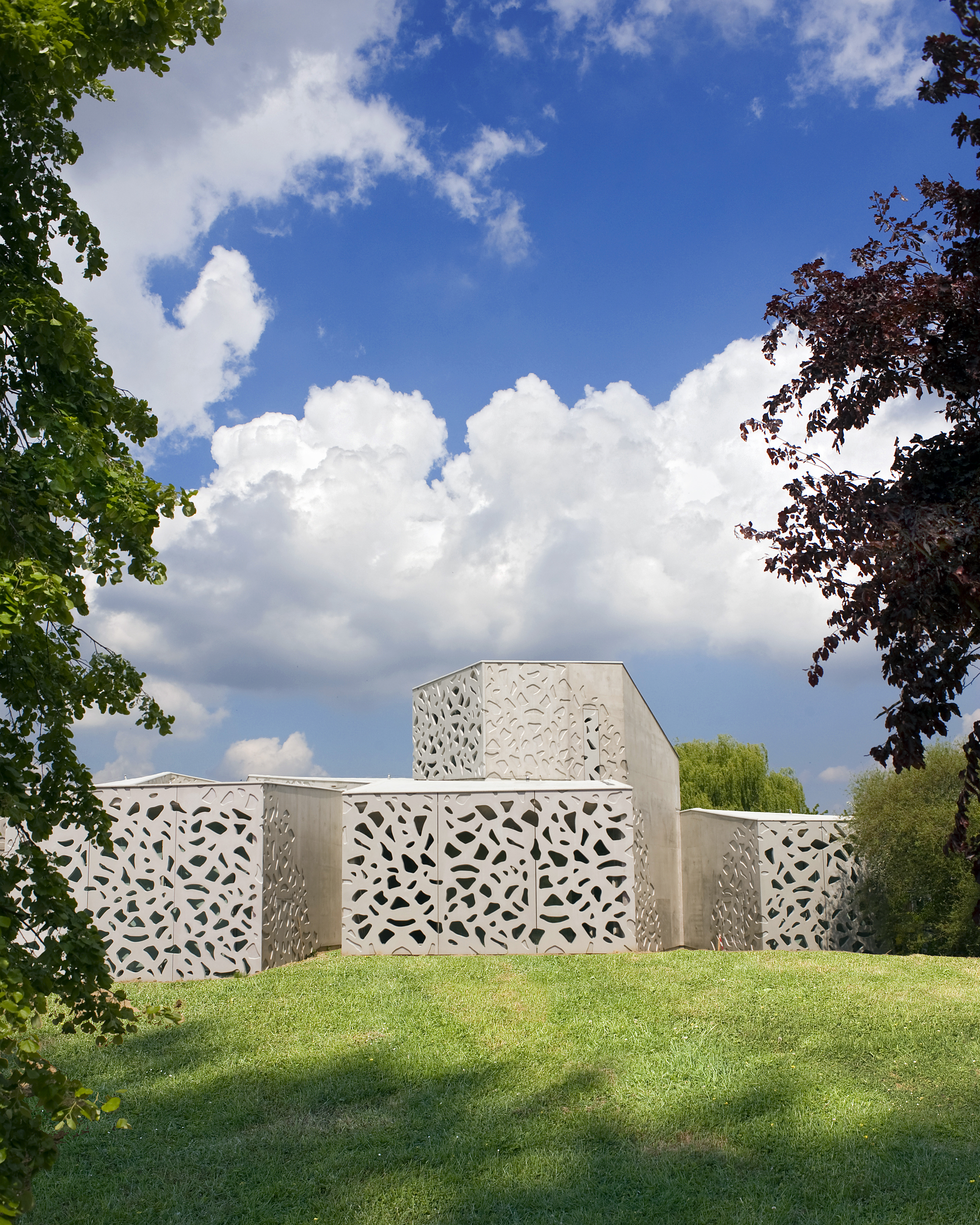
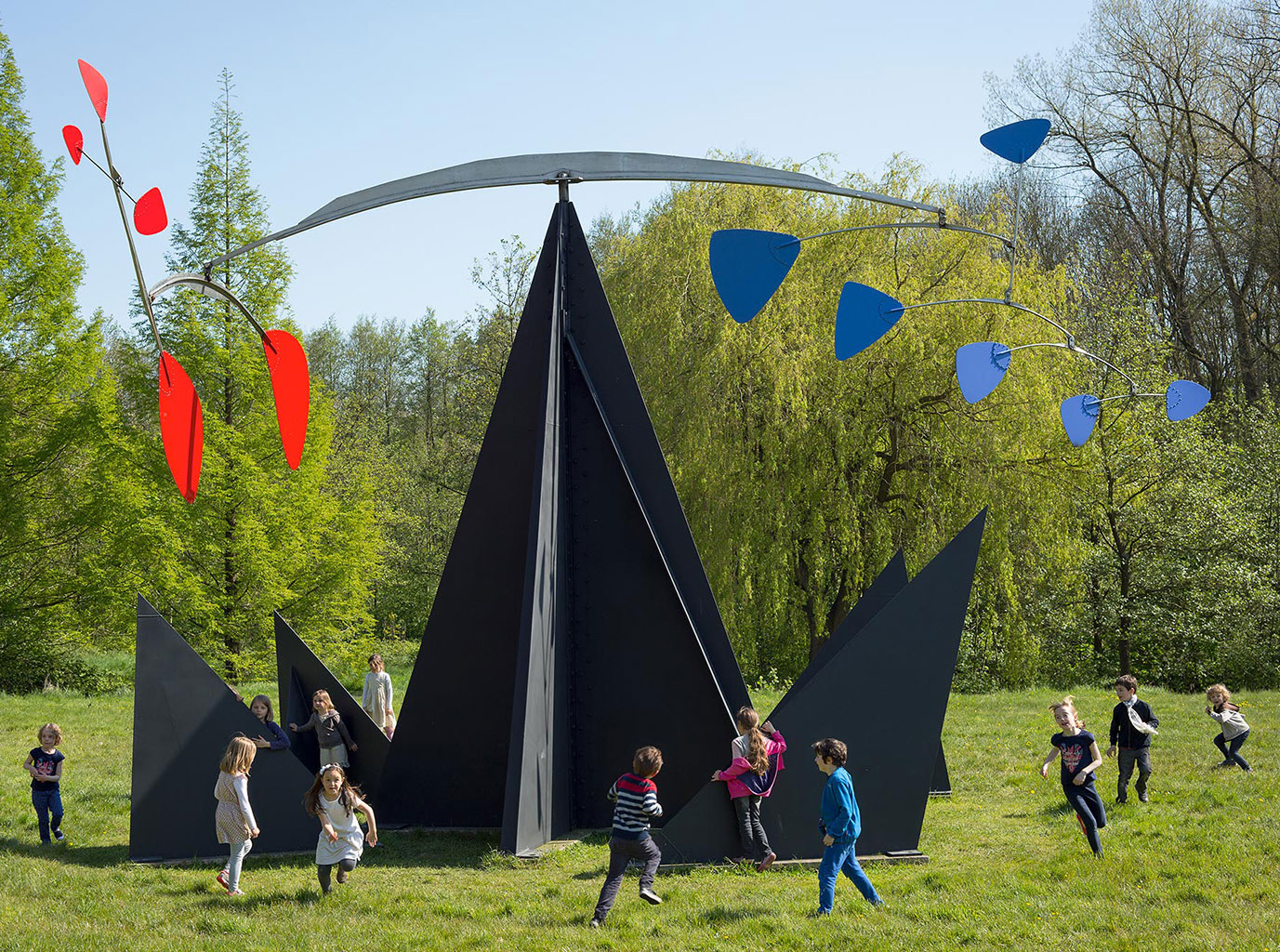
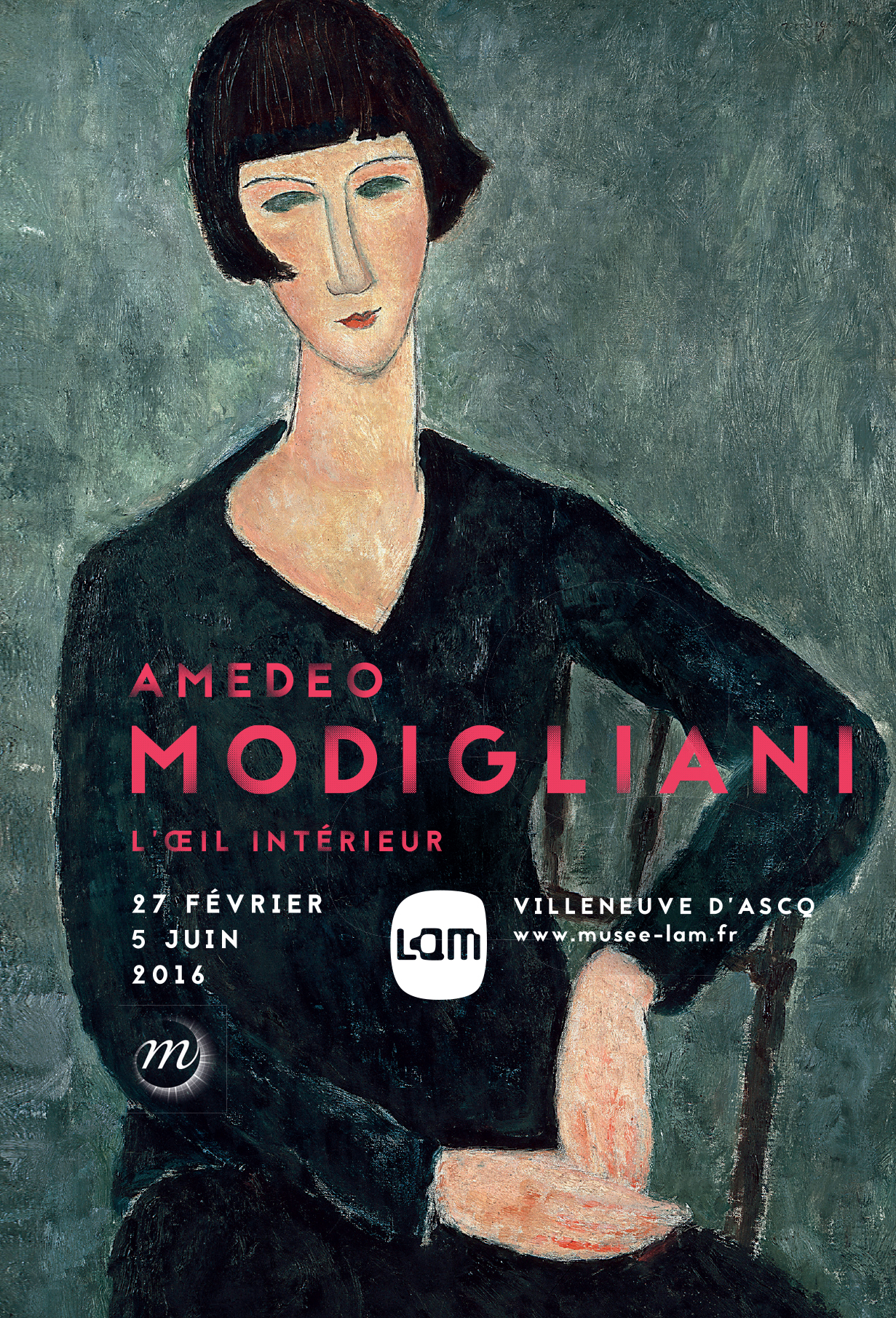
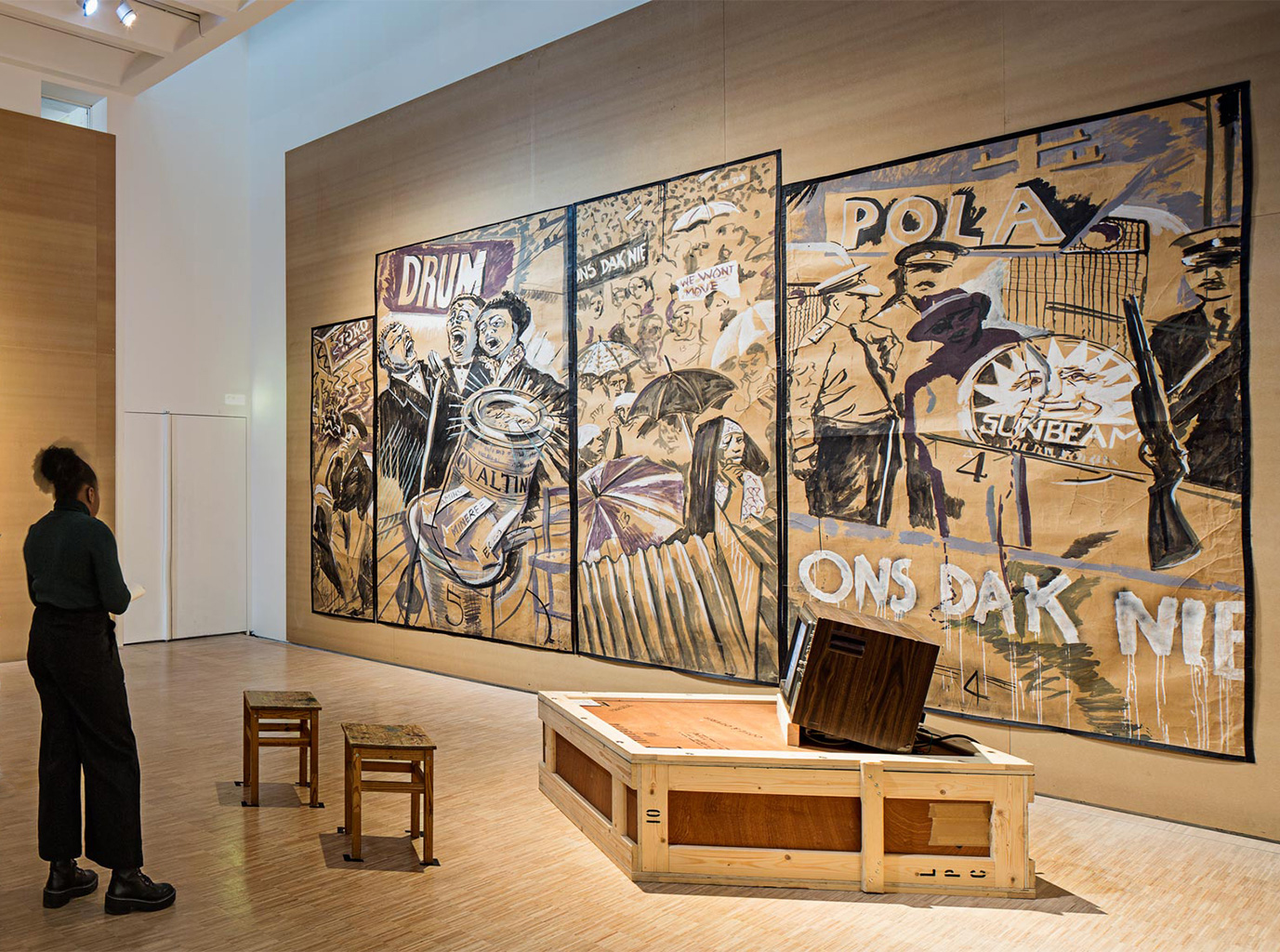
A museum makes works of art say a whole series of new things that they would never say on their own.
Daniel Buren, artist
Crossed perspectives
Between 2017 and 2023, under the direction of Sébastien Delot, the museum continued its cross-disciplinary exploration of modern art, contemporary art and art brut, and its exhibition policy, supported by numerous patrons and partners (Nicolas Schöffer. Retroprospective and Danser brut in 2018, Alberto Giacometti, une aventure moderne in 2019, William Kentridge. A poem that is not ours in 2020, Isamu Noguchi. Sculpting the world in 2023).
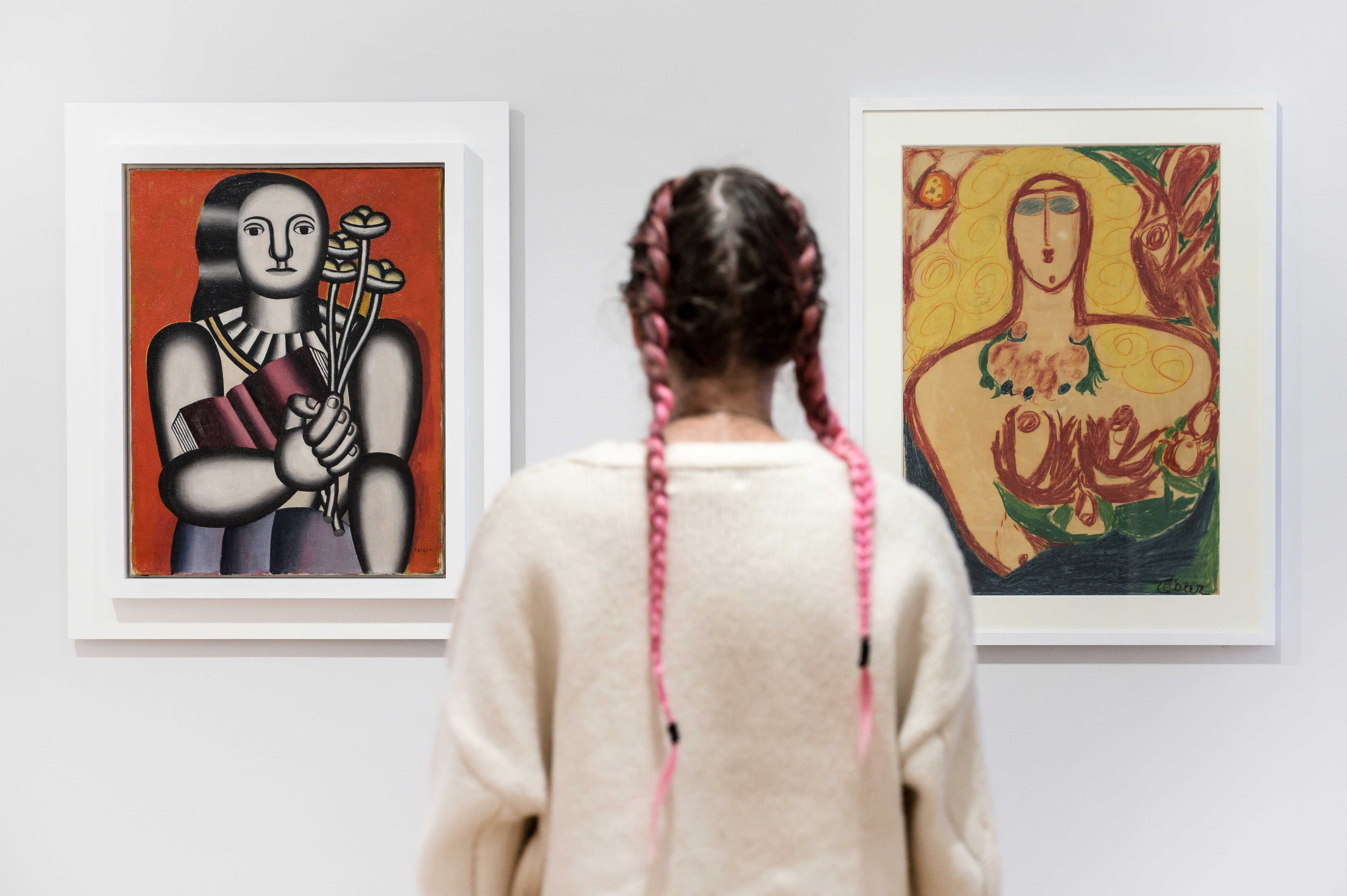
40: the age of renewal
To mark its 40th anniversary in 2023, LaM has decided to take a fresh look at the history of art by presenting its permanent collection in an open-ended way and bringing its three collections together in a single tour, showing the interactions between the work of artists from a wide range of backgrounds, both traditional and non-traditional.
This exceptional year, punctuated by a series of convivial and festive events, was also an opportunity to discover a group of spellbinding and total works by the Japanese-American artist Isamu Noguchi, those of the Franco-Algerian photographer and video artist Mohamed Bourouissa, and a little-seen aspect of the work of the visual artist Anselm Kiefer.

A new direction
In May 2024, Sébastien Faucon took up his post as the new Director-Curator of LaM.
Sébastien Faucon's aim is to offer a rich, diversified and open-ended programme that encourages a polyphony of views within the museum's permanent collection. New imaginations and new narratives will be proposed at the heart of the temporary exhibitions, which will seek to present the great historical figures, promote the emerging art scene, which is little mapped, and (re)discover the great figures of art brut.
Research will play a key role, and in particular its promotion to the general public. The museum will be strengthened and anchored in its local area, as will its influence at national, cross-border and international level.
This project, in line with contemporary social issues, will place the values of living together, eco-responsibility, collaborative and participative practices, and gender equality at the heart of the programming.
The new director of LaM will continue to enrich the collection, and will also seek to strengthen the museum's networking and establish new forms of solidarity, designing an ever more inclusive museum.
Coming by car
Prendre l'autoroute Paris-Gand (A1/A22/N227)
Sortie 5 ou 6 Flers / Château / Musée d’art moderne
Coming by public transportation

Métro ligne 1 - Station Pont de Bois
+ Bus Liane 6, direction Villeneuve d'Ascq Contrescarpe
ou Bus ligne 32, direction Wasquehal Jean-Paul Sartre
Arrêt L.A.M.
Métro ligne 2 - Station Fort de Mons
+ Bus Liane 6, direction Villeneuve d'Ascq Contrescarpe
Arrêt L.A.M.
Métro ligne 2 - Station Jean Jaurès
+ Bus ligne 32, direction Villeneuve d'Ascq Hôtel de Ville
Arrêt L.A.M.
Coming by cycling
Un parking à vélo vous est proposé à l'entrée du parc du musée
La carte « La MEL à Vélo », édition 2017-2018, vous informe sur les aménagements cyclables, stations V'lille, itinéraires conseillés... Élément indispensable à mettre dans toutes les sacoches, elle réunit l'ensemble des informations dont vous pouvez avez besoin lors de votre trajet en vélo
Coming by foot
L'entrée principale du LaM est située en contrebas du parking P8, à proximité immédiate du rond-point situé au bout de l'allée du Musée
Parkings
Deux parkings publics (non surveillés) sont disponibles pour garer vos véhicules :
- le parking P7 (dit Des moulins, véhicules de + de 1,8 m)
- le parking P8 (hauteur maxi : 1,8 m), à proximité immédiate de l'entrée principale du musée, mais de moindre capacité que le P7
Pour les bus, un dépose-minute est situé sur l'avenue de Canteleu
Disabled access
Les emplacements de parking réservés P.M.R. se situent juste avant le rond-point de l’allée du Musée, face au pavillon d’entrée du LaM
